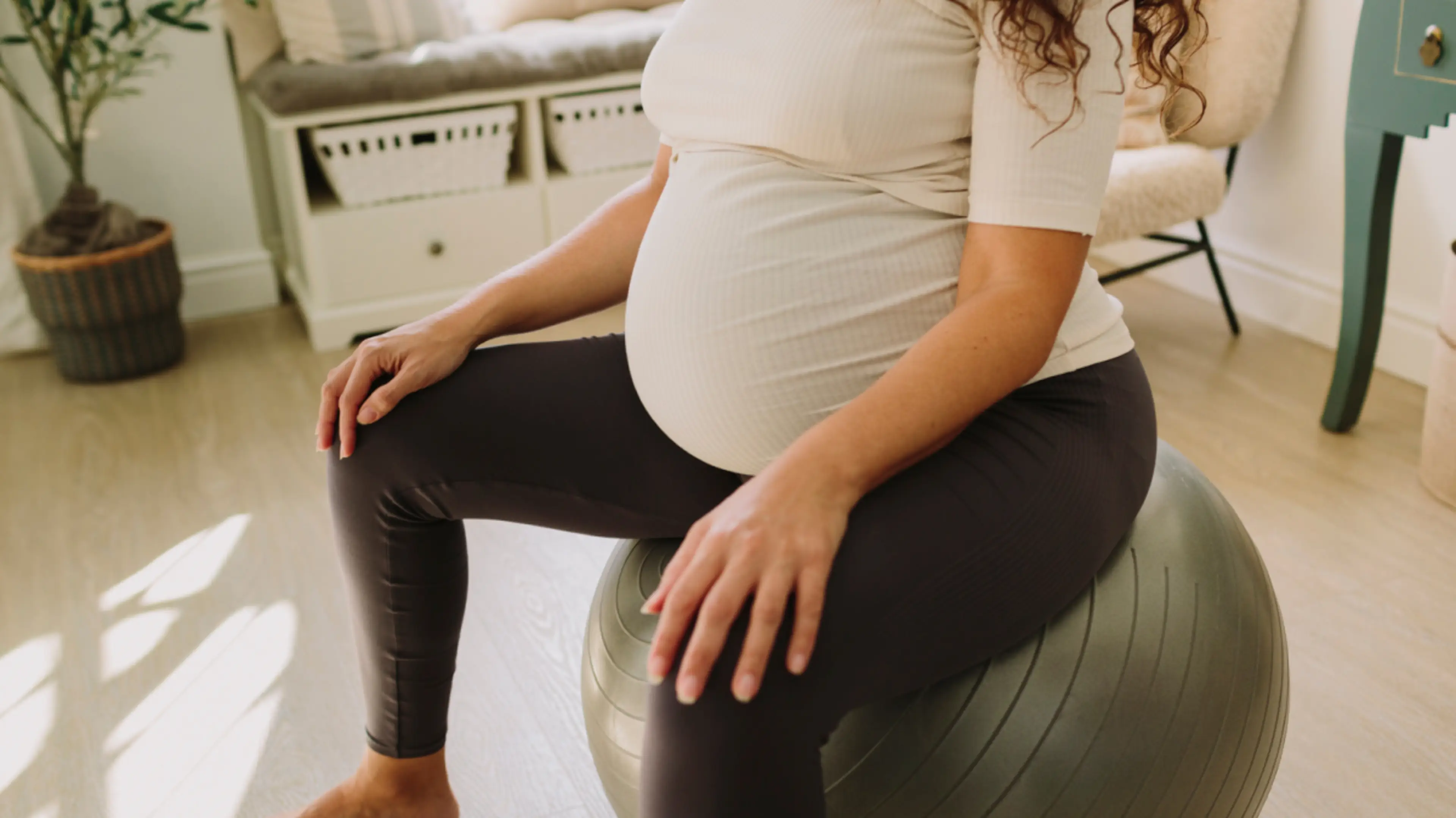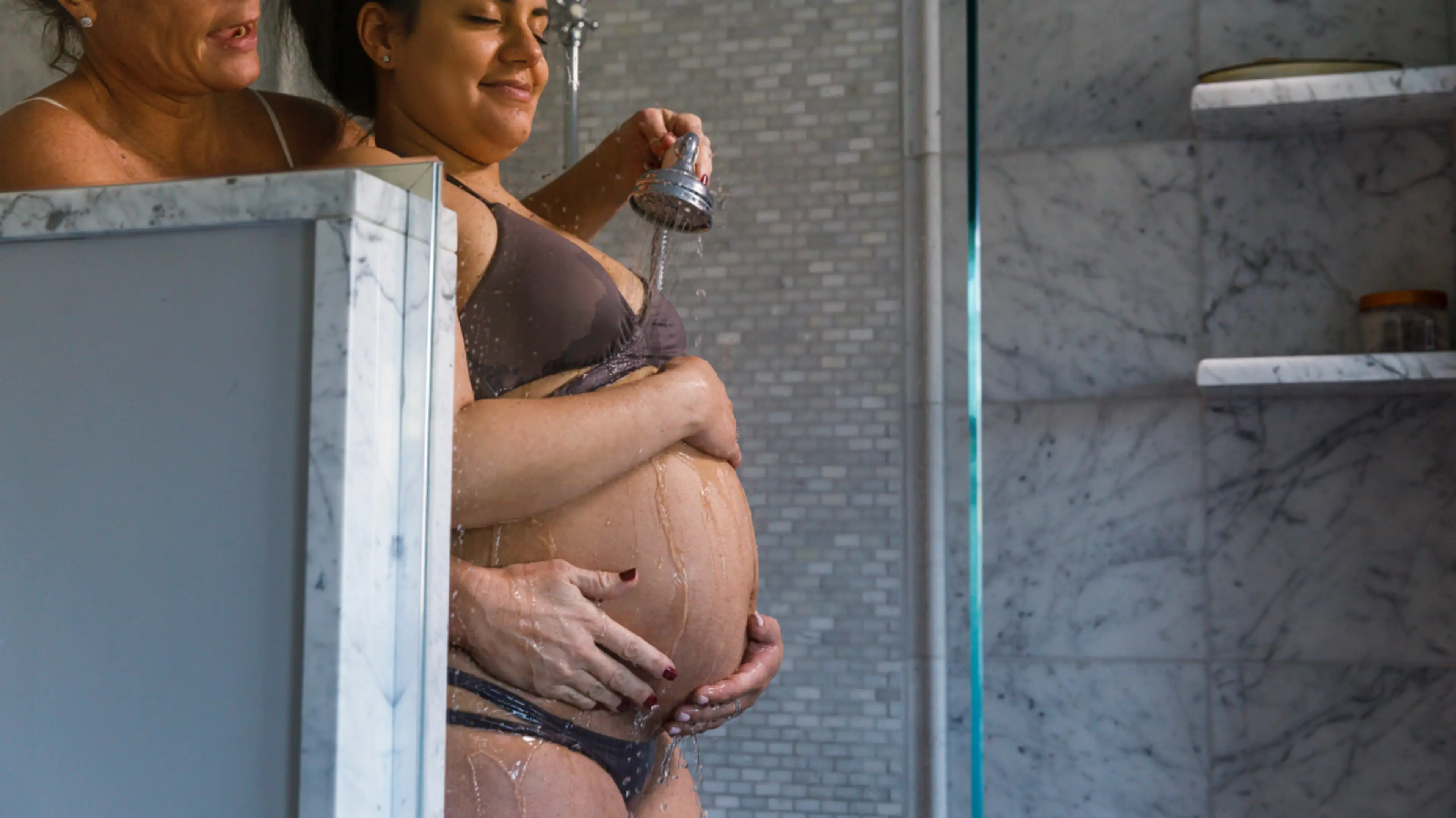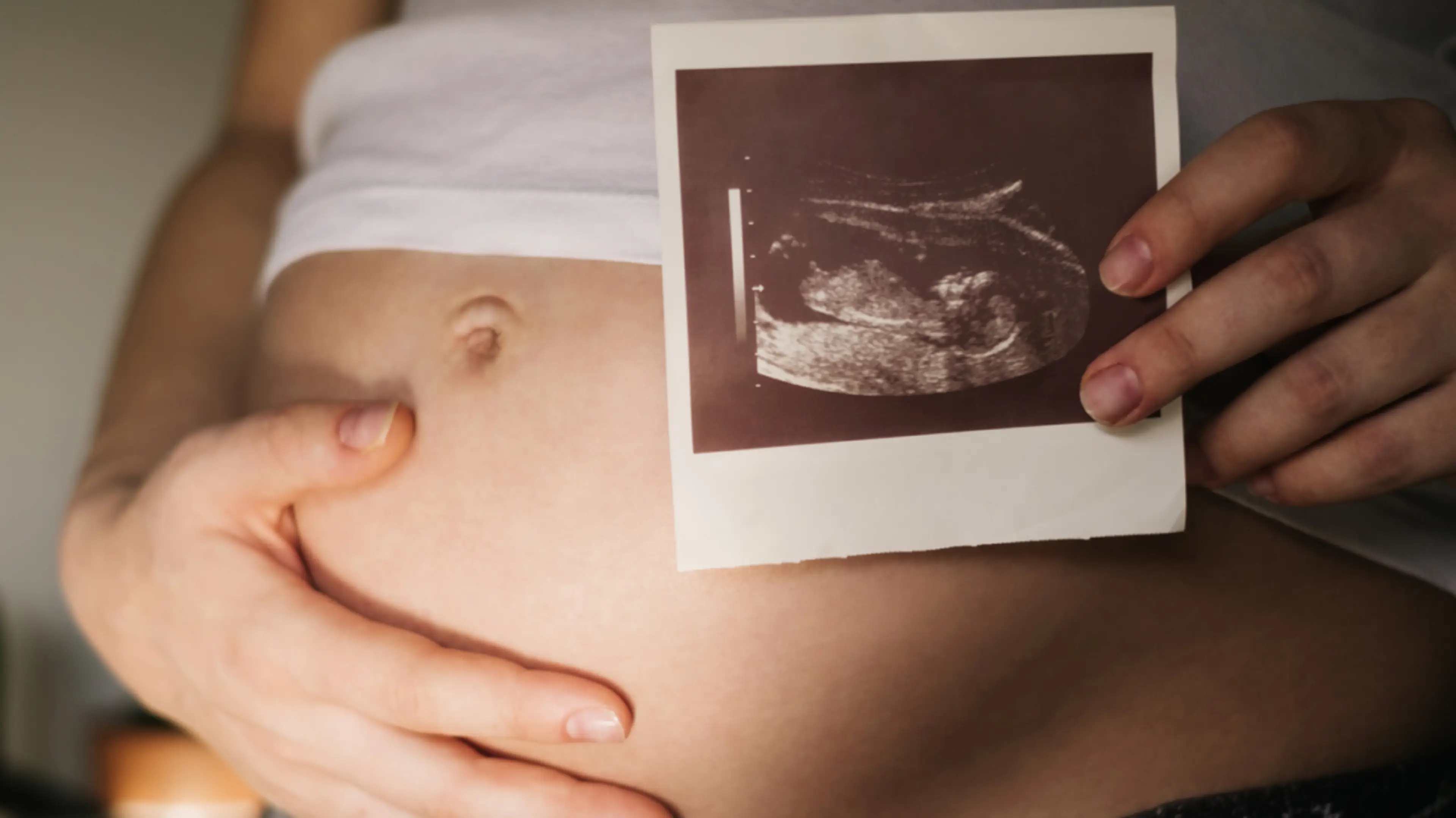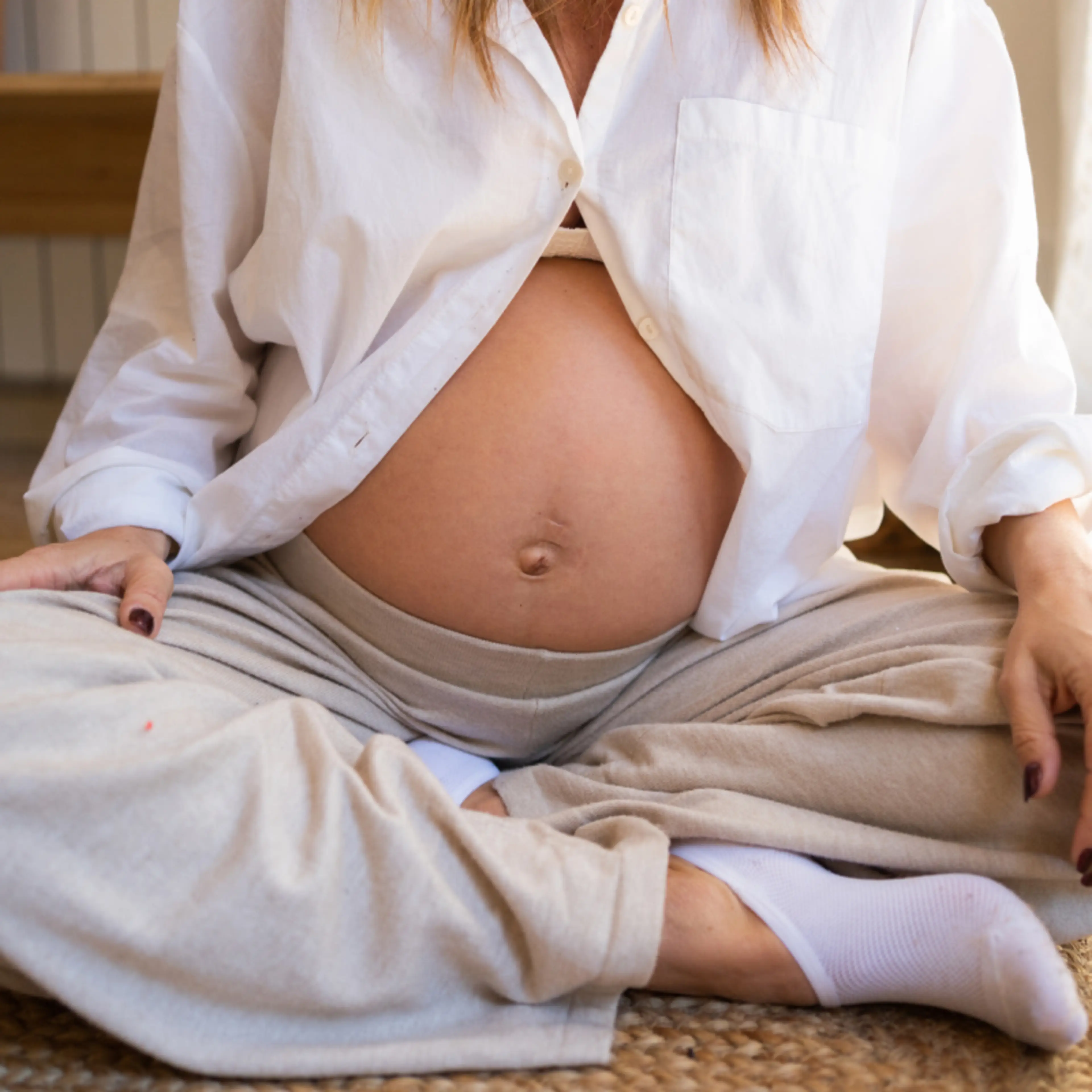Pregnancy can do a number on your muscles, with the extra weight and ligament stretching often leading to muscular imbalances. Coming out the other side of pregnancy with muscle weakness isn’t ideal, so how do you counteract it?
Exercise is a key part of maintaining a healthy and strong pregnancy. If you’re concerned about muscular imbalances and weakness, Pilates specifically targets your deep core (to help with diastasis recti) and your pelvic floor muscles (to help prevent urinary incontinence) among other muscle groups.
We talked with Jenn Seracuse2 , professional prenatal Pilates and fitness instructor, about Pilates exercises that are effective at strengthening key pregnancy muscles while also being safe to do while pregnant. Wondering whether prenatal Pilates is right for you? Here’s what Jenn has to say about how this form of exercise can help you during pregnancy.
Is Pilates Safe During Pregnancy?
The focus on breath work, balance, control and alignment in Pilates make it a great candidate for prenatal workouts. To be clear, however, not all Pilates exercises are appropriate for pregnancy. The most important first step is finding an instructor who is prenatal certified to help you navigate the necessary modifications. The good news is, there is so much you can do!
Is Prenatal Pilates Different Than Regular Pilates?
There are modifications necessary for prenatal Pilates like generally avoiding flexion and rotation against gravity especially from a supine (lying on back) position, and planks will likely need to be modified later in pregnancy due to increased abdominal pressure. There also is no prone (lying on stomach) work in prenatal Pilates, but there is in a traditional Pilates workout.
Can Prenatal Pilates Help with Pregnancy Symptoms?
Prenatal Pilates can help maintain a strong connection to the pelvic floor and deep core muscles. This will help prevent an exaggerated diastasis recti, pelvic floor dysfunction and back pain—all common issues that arise from pregnancy.
It helps with stability against muscular imbalances from growing a baby. As baby grows, the body needs to shift to accommodate, which can push things very out of whack. Also, the hormone relaxin helps the body expand and prepare for delivery by loosening up the ligaments, but this also leads to joint instability (especially the SI joint connecting the pelvis to the spine). A strong connection to the core is key to managing these changes pain free.
It helps with better breath connection, control and mechanics, which not only can make breathing more comfortable during pregnancy, but helps maintain connection to the pelvic floor (helping to feel not just the contraction of the muscles but the release) and deep core muscles and is very useful during labor and delivery.
Do You Need Previous Experience for Prenatal Pilates?
It’s best not to start a completely new exercise routine during this time, but regular movement is recommended as a part of healthy pregnancy, so find a prenatal certified instructor and they can work with you to help you move safely at the level you are at.
Transitioning from Pilates to Prenatal Pilates
Modifications generally begin around the second trimester as the baby grows bigger and the belly starts expanding more. This is when it becomes increasingly more difficult to manage the intra-abdominal pressure in some exercises. It’s important that a strong connection to the deep core muscles can be maintained throughout the workout, and you shouldn’t see or feel coning or bulging in the abdominals. This will help prevent exaggerated diastasis recti and pelvic floor dysfunction.
It also becomes increasingly more challenging to balance in single leg exercises, especially in the third trimester. Adding something like a chair to hold onto can help when doing single leg exercises, or you can stick with bilateral exercises. Truthfully though, there is no harm in starting a prenatal exercise routine right away. You’ll only build strength and stability you’ll need throughout your pregnancy and postpartum.
How Often Can You Do Prenatal Pilates?
Listening to your body is the most important thing you can do during pregnancy, so it’s very dependent on each individual. Some days you may feel like doing a 30 minute workout, some days 10 minutes. Daily movement is recommended as part of a healthy pregnancy, but how and how much is up to each individual.
When Is Prenatal Pilates Not Recommended?
Modifications can be made through all trimesters for a healthy pregnancy. If you have any high risk complications or issues, definitely consult with your doctor about what is appropriate for your pregnancy.
Postpartum Pilates
You’ll want to stick with the same prenatal exercises for a while postpartum. Your body is still recovering, and you need to ease back into exercise after birth. Remember that the abdominals stretch by over 50% during pregnancy and take time and care to return. You’ll need to wait at least six weeks (and for clearance from your doctor) before any strenuous exercise, but you can start with gentle deep core engagement and breathing exercises soon after birth, which will help with recovery.
Curious about trying prenatal Pilates? Many studios offer limited trials of two to three classes at reduced costs, so you don’t have to commit to several months of classes. By the end of the trial period, you’ll likely know whether or not prenatal Pilates is something you want to add to your pregnancy exercise.











